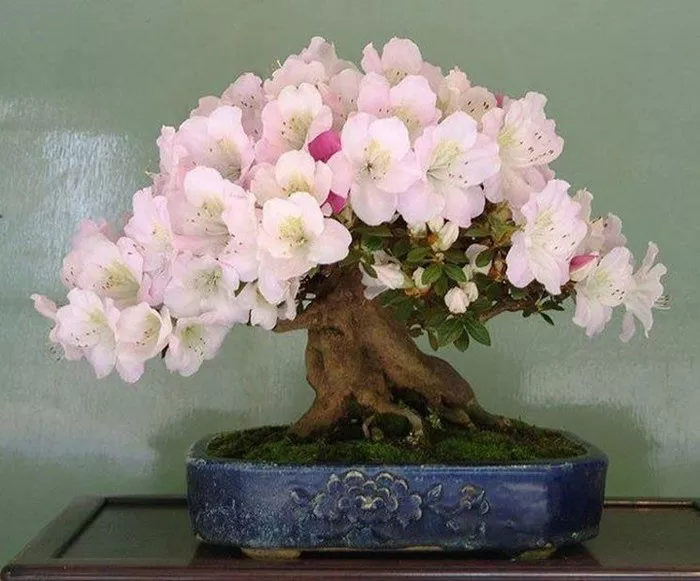As spring arrives, garden centers fill with azaleas, their vibrant blooms of pink, white, purple, and red captivating gardeners everywhere. While many plant azaleas in spring for an immediate splash of color, this isn’t always the best strategy. With a little planning, you can ensure these beautiful shrubs thrive year after year.
When to Plant Azaleas
Technically, azaleas can be planted any time of year, but some seasons offer better conditions than others. In regions like the South, fall is ideal. Cooler temperatures allow the plants to establish strong roots before the heat of the following summer. Although you won’t see the blooms when planting in fall, many growers include photos to help you choose the right variety. Some reblooming azaleas, like Encore, even bloom again in fall.
For fall-planted azaleas, avoid fertilizing or pruning. Instead, mulch around the plants and water them when the soil starts to dry out.
Spring Planting
If you can’t resist the allure of azaleas in bloom, spring planting is also an option. Plant as early as possible and be prepared for regular watering, especially during hot summer months. Choose a site with morning sun or dappled shade. Encore azaleas may require more sun—four to six hours a day—for optimal blooming.
In their first year, azaleas may need watering two to three times a week. Use your fingertip to check soil moisture around the base of the plant.
Tips for Successful Azalea Planting
To ensure your azaleas thrive, follow these essential tips:
Soil Matters: Azaleas prefer acidic, well-draining soil rich in organic matter. If your soil is too sandy, mix in 10-20% compost. For alkaline or heavy clay soils, create a raised bed with the right conditions. Use acidic mulch like pine straw or pine bark if your soil is neutral.
Free the Roots: Many azaleas are root-bound. Use your fingers to loosen large circling roots and rough up the root ball so the roots can spread. For severely bound plants, use a sharp knife to cut through circling roots.
Plant at the Right Depth: Azaleas need good drainage but also adequate moisture. Plant them slightly higher than they were in the nursery pot, with the root ball just above the soil line. Add 2 to 3 inches of mulch around the plant to retain moisture and acidity.


